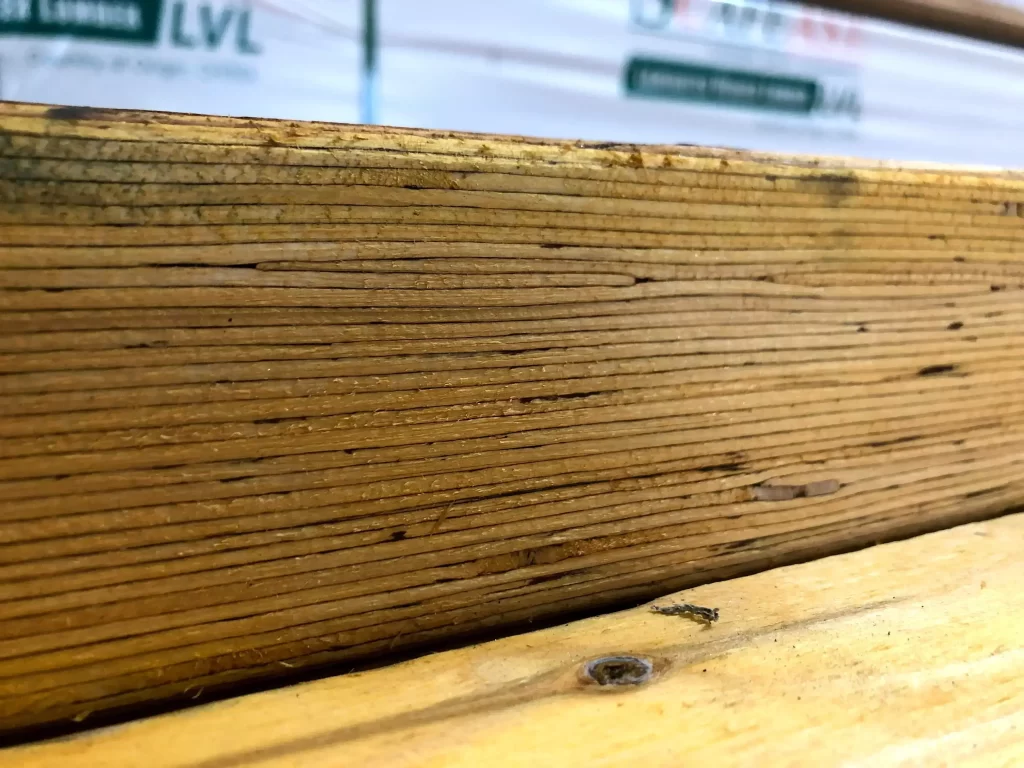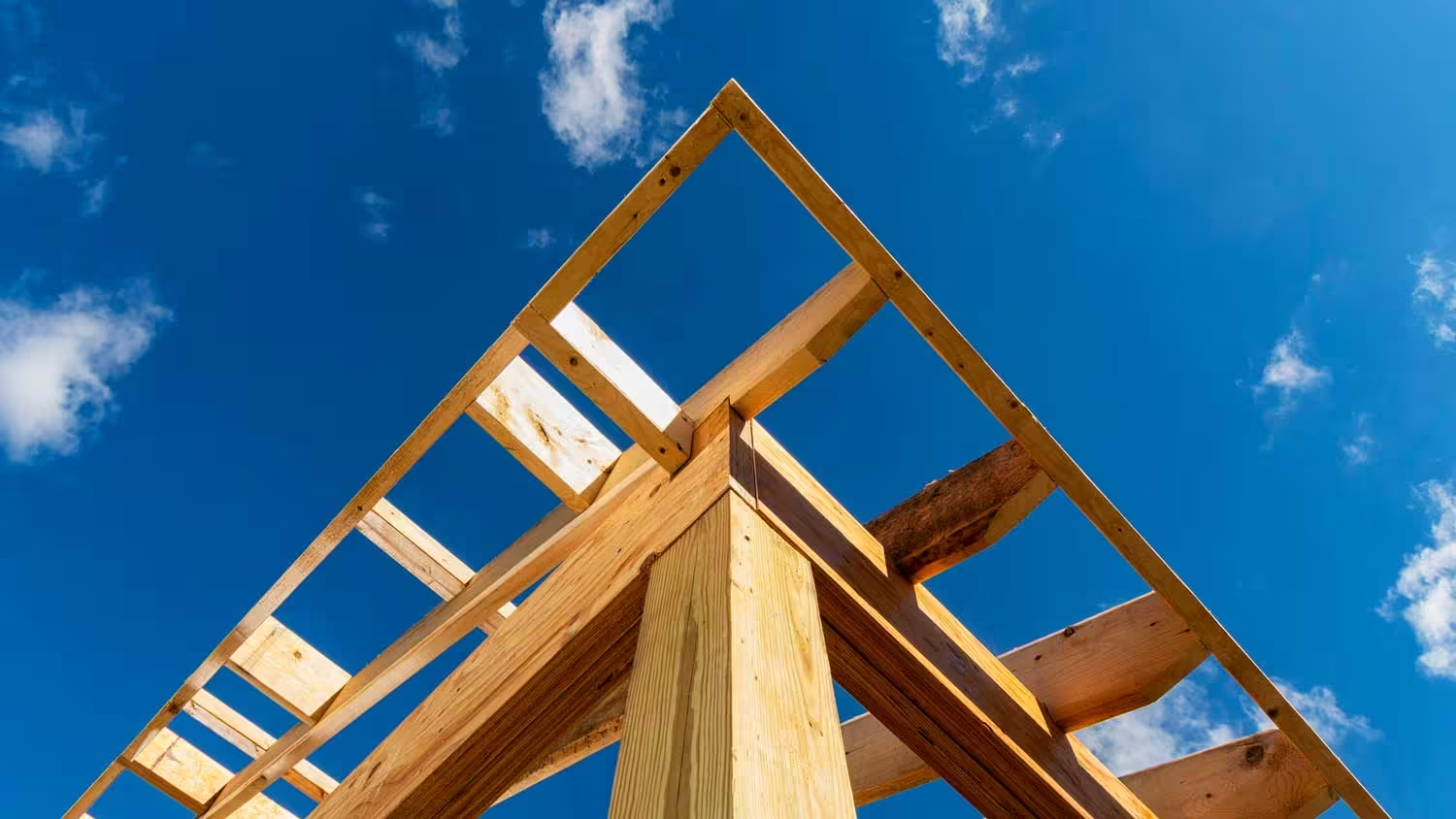LVL beams, also known as laminated veneer lumber beams, have gained popularity in the construction industry due to their numerous advantages over traditional construction materials. Understanding the benefits of using LVL beams is vital for architects, engineers, and contractors looking to optimize their construction projects. This article aims to outline the key benefits of using LVL beams, ranging from their strength and durability to their cost-effectiveness and safety aspects.
Understanding LVL Beams
LVL beams are known for their consistent quality and performance, making them a popular choice among architects, engineers, and builders. They offer a high strength-to-weight ratio, allowing for longer spans and reduced material usage, which can lead to cost savings and more efficient construction practices.
What are LVL Beams?
LVL beams, short for Laminated Veneer Lumber beams, are innovative engineered wood products that have revolutionized the construction industry. These beams are designed to provide enhanced strength and durability compared to traditional solid wood beams. They are made by bonding multiple layers of thin wood veneers together using adhesives under high pressure and temperature. This manufacturing process significantly improves the strength and load-bearing capacity of the beams, making them ideal for various construction applications where strength and reliability are paramount.
The Manufacturing Process of LVL Beams
The manufacturing process of LVL beams starts with the careful selection of high-quality wood veneers, typically sourced from fast-growing and sustainable tree species such as pine, spruce, or fir. These veneers undergo a rigorous process of sorting, drying, and layering in a specific orientation to maximize their structural integrity and minimize defects.
Once the veneers are prepared, resin adhesives are applied to bond them together. The adhesive is a critical component that ensures the layers are securely connected, creating a strong and stable composite beam. After the bonding process, the beams are precision-cut, shaped, and treated to meet specific project requirements, such as size, shape, and load-bearing capacity. This attention to detail in the manufacturing process results in LVL beams that are not only strong and durable but also dimensionally stable and resistant to warping or twisting over time.

The Advantages of LVL Beams in Construction
Enhanced Strength and Durability
LVL beams exhibit exceptional strength and durability, making them suitable for various structural applications. The manufacturing process eliminates natural defects and inconsistencies found in solid timber, ensuring consistent quality and performance. Additionally, the laminated construction of LVL beams enhances their load-bearing capacity, allowing them to bear heavy loads over extended spans without warping or sagging.
Versatility in Design and Application
One of the major benefits of LVL beams is their versatility in design and application. These beams can be easily customized to meet specific project requirements, including varying lengths, widths, and thicknesses. Their uniformity in strength and structural integrity also enables architects and engineers to design innovative and efficient building structures. LVL beams can be used for floor and roof framing, as well as in beams, headers, and columns. Read more about structural integrity on https://libguides.brunel.ac.uk/structuralintegrity
Environmental Impact of Using LVL Beams
LVL beams are an environmentally friendly choice for construction projects. They are manufactured from sustainably harvested timber, reducing the demand for solid timber sourced from natural forests. The manufacturing process also minimizes waste by utilizing the entire tree, including lower-grade wood and offcuts. Additionally, the structural efficiency of LVL beams contributes to lower overall material usage and energy consumption in construction projects.
Moreover, LVL beams offer an added advantage in terms of fire resistance. Due to their laminated construction, these beams have a higher fire rating compared to solid timber. This means that in the event of a fire, LVL beams will take longer to burn and maintain their structural integrity for a longer period of time. This can be critical in ensuring the safety of occupants and providing valuable time for evacuation.
Furthermore, LVL beams have excellent dimensional stability, meaning they are less prone to shrinkage and warping compared to solid timber. This stability is achieved through the manufacturing process, which involves drying the timber to a specific moisture content and then bonding the layers together under high pressure. As a result, LVL beams maintain their shape and structural integrity over time, reducing the need for costly repairs or replacements.
Cost-effectiveness of LVL Beams
Initial Costs and Long-term Savings
While the initial costs of using LVL beams may be slightly higher than traditional timber, they offer significant long-term savings. Their enhanced strength and durability reduce the need for frequent maintenance and repairs, resulting in lower lifecycle costs. Additionally, the dimensional stability of LVL beams minimizes issues such as shrinkage, warping, and settling, reducing the need for expensive remedial work over time.
Moreover, the superior load-bearing capacity of LVL beams compared to traditional timber allows for longer spans and greater design flexibility, potentially reducing the overall quantity of beams required in a construction project. This efficiency not only saves on material costs but also streamlines the construction process, leading to time and labor savings.
Maintenance and Replacement Costs
LVL beams require minimal maintenance compared to other construction materials. They do not require regular sealing or treatment against pests and decay like solid timber. This translates to lower maintenance costs and fewer disruptions to ongoing construction projects. Furthermore, their durable nature reduces the likelihood of premature beam failure, minimizing the need for costly replacements in the future.
Additionally, the environmental benefits of using LVL beams should not be overlooked. LVL is often manufactured from sustainably sourced timber, making it a more eco-friendly choice for builders and developers looking to reduce their carbon footprint. By opting for LVL beams, construction projects can contribute to green building certifications and demonstrate a commitment to sustainable practices, which can have long-term cost savings and reputational benefits. Find more about carbon footprint click here.
Safety Aspects of LVL Beams
Fire Resistance and Safety
LVL beams offer excellent fire resistance properties, making them a safe choice for construction projects. The manufacturing process involves using fire-retardant adhesives, which significantly improves their resistance to ignition and flame spread. This allows LVL beams to withstand fire for longer periods, providing additional time for occupants to evacuate the building and for firefighters to suppress the fire.
Moreover, the composition of LVL beams contributes to their fire-resistant nature. The layers of wood veneers are bonded together with high-performance adhesives under intense pressure and heat, creating a dense and compact structure that hinders the progress of flames. This structural integrity under fire conditions not only enhances the safety of the building but also reduces the overall fire risk, giving peace of mind to architects, builders, and occupants alike.
Structural Stability and Safety
Structural stability is crucial for any construction project, and LVL beams excel in this aspect. Their engineered construction minimizes the risk of structural failures, ensuring the safety of occupants and the longevity of the building. LVL beams also exhibit excellent load-bearing capacity and resistance to bending and deflection, further enhancing their structural stability and safety.
Furthermore, the dimensional stability of LVL beams adds another layer of safety to their structural performance. Unlike traditional lumber, LVL beams are less prone to warping, twisting, or shrinking due to changes in temperature or humidity. This stability ensures that the structural integrity of the building remains intact over time, reducing the need for costly repairs or replacements. Architects and engineers value this reliability, knowing that LVL beams provide a durable and safe solution for a wide range of construction applications.
Comparing LVL Beams with Other Construction Materials
LVL Beams vs. Solid Timber
Compared to solid timber beams, LVL beams offer numerous advantages. Their laminated construction eliminates natural defects found in solid timber, resulting in consistent strength and dimensional stability. This means that architects and engineers can rely on LVL beams to provide a reliable and predictable performance, without the worry of weak spots or inconsistencies that can compromise the structural integrity of a building.
Furthermore, LVL beams are less prone to warping, twisting, and splitting, making them ideal for long-span applications. Whether it’s a large commercial building or a residential property with an open floor plan, LVL beams provide the necessary strength and stability to support the structure, ensuring that it remains safe and secure for years to come.
Additionally, LVL beams have a higher load-bearing capacity compared to solid timber beams. This means that they can support heavier loads, allowing for more flexibility in architectural design and construction. Whether it’s a grand staircase or a soaring cathedral ceiling, LVL beams provide the necessary strength to bring ambitious architectural visions to life.
Moreover, LVL beams are less susceptible to moisture-related issues. Unlike solid timber beams, which can expand, contract, or even rot when exposed to moisture, LVL beams maintain their structural integrity even in damp or humid environments. This makes them an excellent choice for construction projects in areas with high humidity or frequent exposure to moisture, such as coastal regions or buildings with high levels of moisture, such as swimming pools or saunas.

LVL Beams vs. Steel Beams
When compared to steel beams, LVL beams have unique advantages, especially in terms of cost-effectiveness and environmental impact. While steel beams are known for their strength and durability, they often come with a higher price tag. In contrast, LVL beams offer a cost-effective alternative, especially for low to medium-rise construction projects. Architects and contractors can achieve the desired structural performance without compromising the project’s budget.
Furthermore, LVL beams provide better thermal insulation properties compared to steel beams. This means that buildings constructed with LVL beams require less energy for heating and cooling, resulting in reduced energy consumption and lower utility bills. Additionally, the improved thermal insulation properties of LVL beams contribute to a more comfortable living environment, as they help maintain a consistent temperature throughout the building.
Another advantage of LVL beams is their lightweight nature. Unlike steel beams, which can be heavy and cumbersome to handle, LVL beams are easier to transport, handle, and install. This not only saves time and labor costs during the construction process but also reduces the need for heavy machinery or specialized equipment. The lightweight nature of LVL beams also makes them a preferred choice for projects with limited access or tight spaces, where maneuvering heavy steel beams would be challenging.
In conclusion, the use of LVL beams in construction projects offers key benefits that make them an attractive choice for architects, engineers, and contractors. Their enhanced strength, durability, and versatility in design, coupled with their cost-effectiveness and safety aspects, make them a superior alternative to traditional construction materials. Furthermore, LVL beams’ environmental friendliness and their ability to outperform solid timber and steel beams in various aspects make them the go-to choice for modern construction projects.
Read more: Tips for Sourcing the Best LVL Timber Formwork for Your Builds


